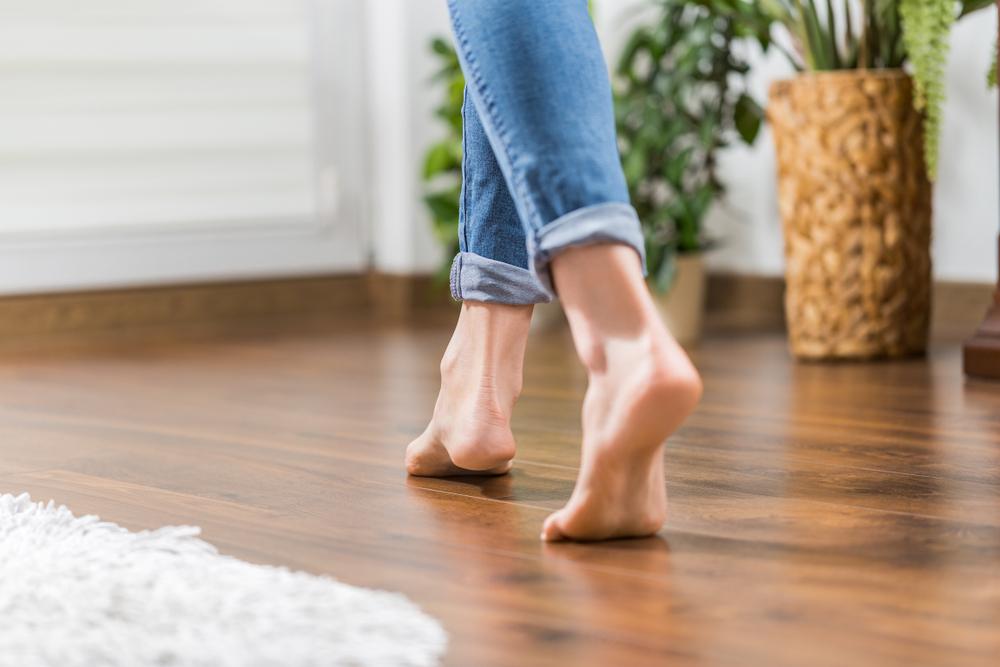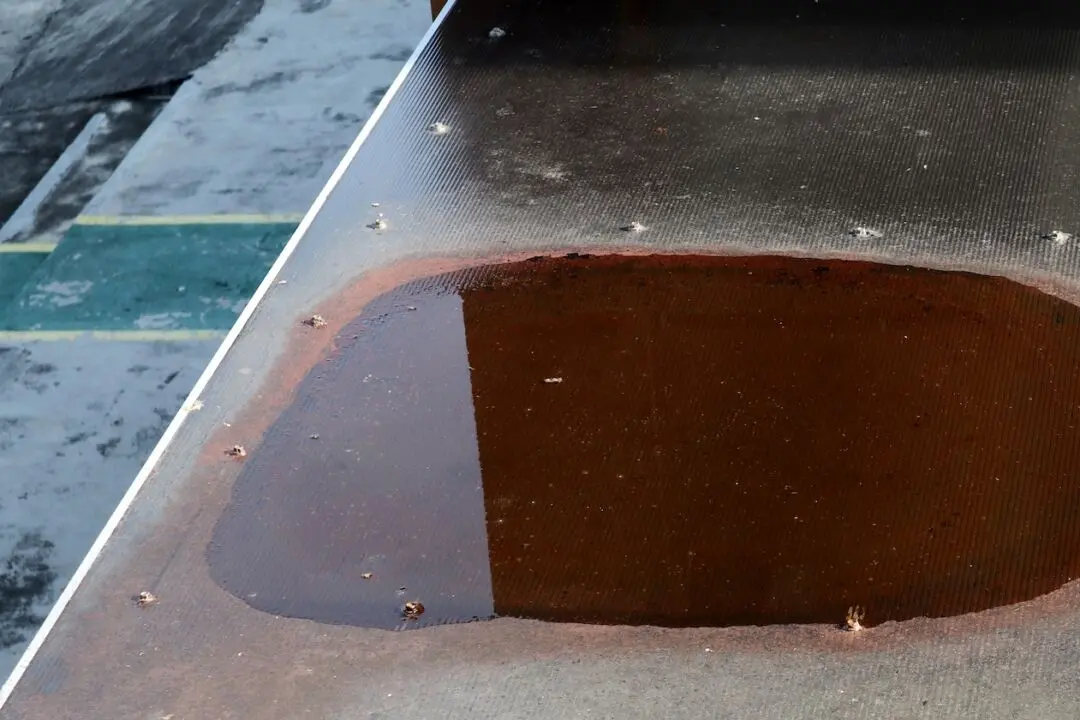Dear James: We are remodeling a bedroom for my mother to live here. I would like a radiant floor-heating system under hardwood. Is a wet- or dry-type system best? —Johnny G.
Dear Johnny: Radiant floor-heating systems are some of the most efficient and comfortable warmth, especially for an older person. With the entire hardwood floor radiating heat up into the room, there are no drafts, and the room temperature stays very constant.





